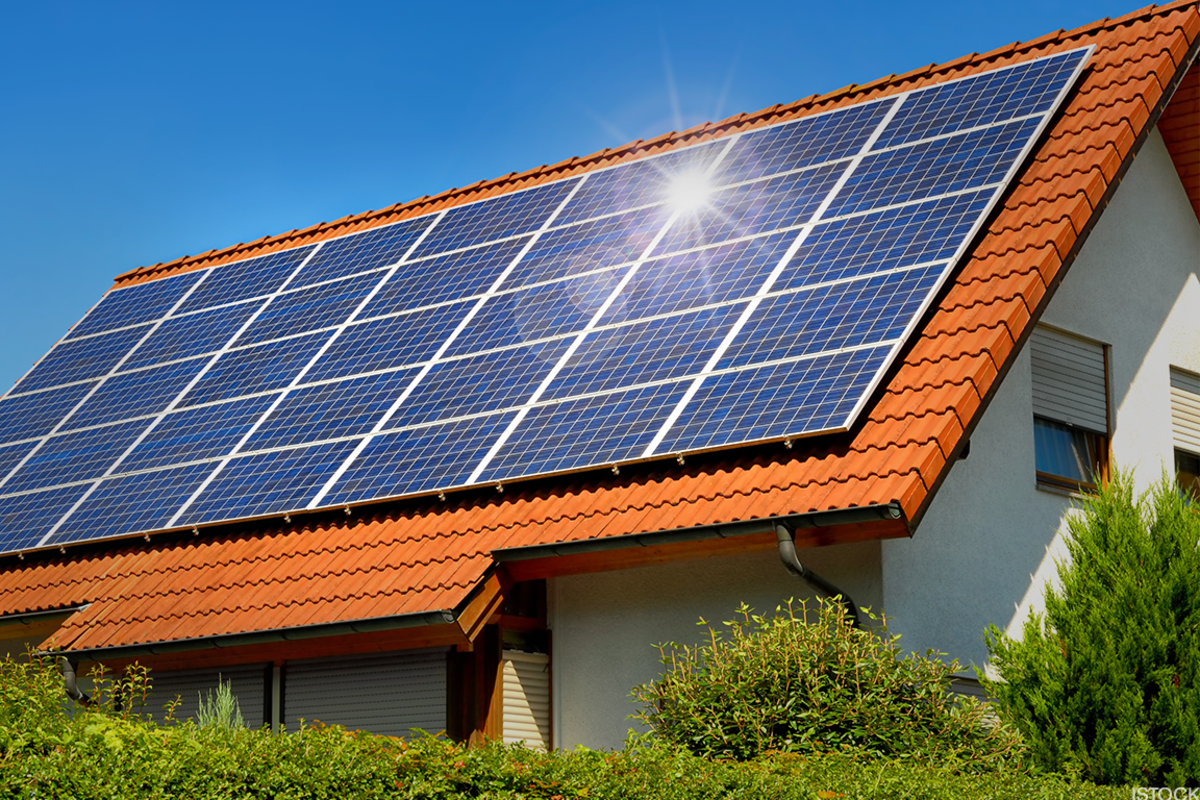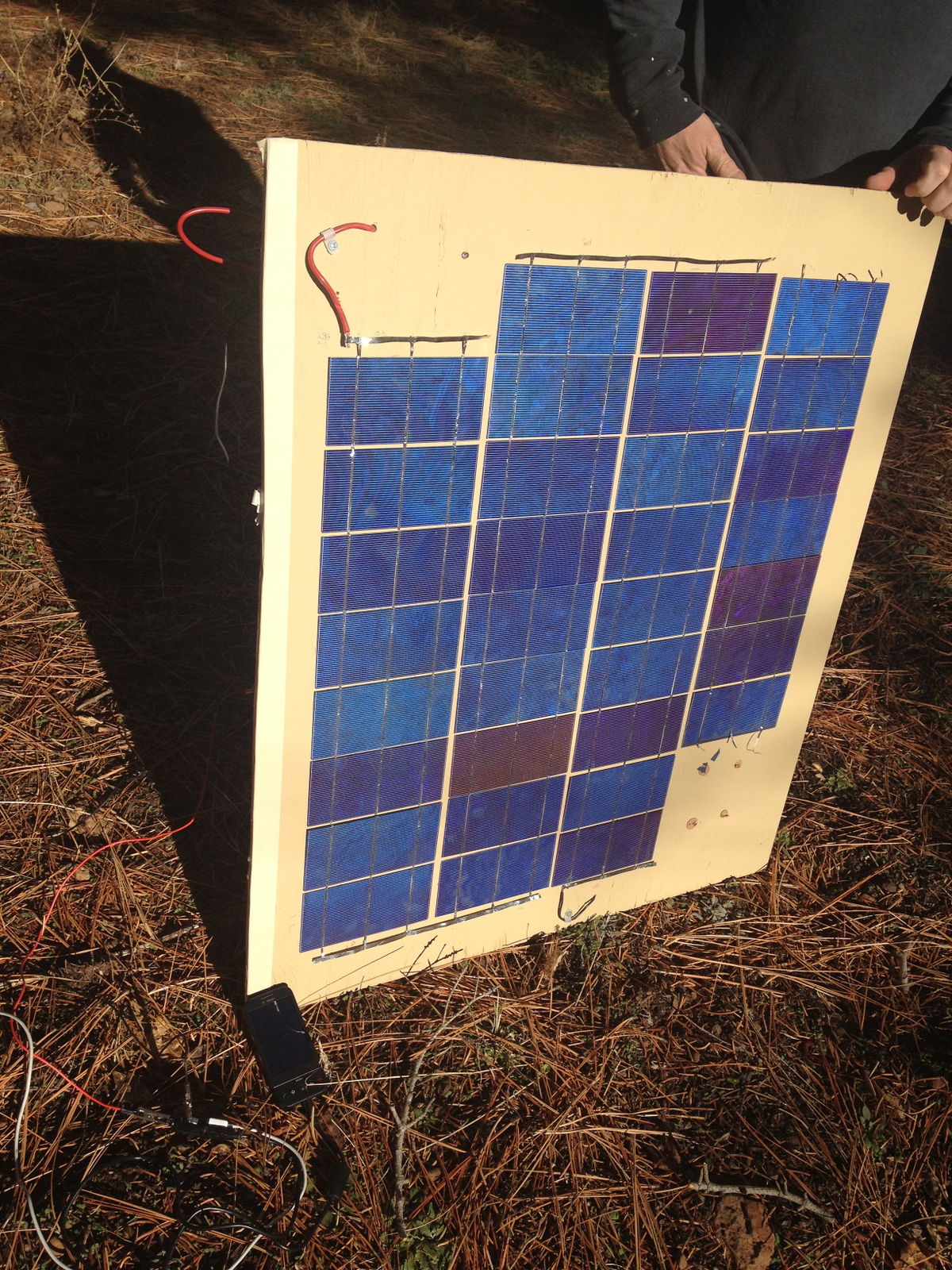Table of Content
The "data" used to support the estimates for the costs/benefits is based on highly rosy scenarios and service life of panels which are detached from reality. Sure, it looks good on paper, but it's quite fictional. Incentive schemes only work if you can put a 4KW south facing array on your roof, which excludes most houses, meaning you’ll pay more for the panels in the long run than you’ll save. Per year, its residents emit an average of 8.6 tonnes of CO2 each. Southern California Edison ratepayers in Los Angeles County soon will have a different method of getting electricity — from a new government-executed energy... They take the edge off the initial investment of going solar, which leads to even more savings on energy costs.

Most Japanese are probably not bothered about that though. A major problem is the reflections from solar panels causing situations for overflying planes and others. Representing a reasonable best-case scenario, the running costs of a new detached home compliant with the forthcoming standard and installing solar thermal, solar PV and battery systems would be between £2,000 and £3,000 a year. That equates to lifetime savings from a stunning £202,000 to £242,000. Reuters, the news and media division of Thomson Reuters, is the world’s largest multimedia news provider, reaching billions of people worldwide every day. Reuters provides business, financial, national and international news to professionals via desktop terminals, the world's media organizations, industry events and directly to consumers.
What is the California Solar Mandate?
Conservative John Stevenson's amendment to the government's Levelling Up and Regeneration Bill would require panels on houses built after April 2025. Different people have different priorities, but there is only so much tax revenues to go around. If people wanna slash elderly health care or funding for children’s education to pay for these new climate change measures, they should be clear about it. I would echo other comments about insulation in Japanese homes though.
Many new homes built in Tokyo will require solar panels to be installed starting in April 2025, Kyodo News has reported. The local assembly passed new regulations requiring major construction companies to equip homes smaller than 2,000 square meters with solar panels or other renewable power sources. The measure is the first of its kind in Japan and aims to cut the city's carbon emissions in half. The Japanese capital local assembly on Thursday passed a new regulation which stated that all new houses in Tokyo built by large-scale homebuilders after April 2025 must install solar power panels to cut household carbon emissions. Currently, Japan stands at fifth spot in the world's largest carbon emitters list. A solar panel installation contractor will be able to install home solar panels that will produce energy to power either your electricity or your hot water .
Solar Policy Update - The Latest Home Solar Laws in Florida
The closest you get to an import duty is on some of the chemicals and metals used in the manufacturing of solar panels. However, using various FTAs a zero-duty preference can be used. Panel makers are protected with import tariffs, making solar panels 2x or more expensive here. Conversely, the Scottish case study was deliberately chosen to be sub-optimal, with panels facing east-west rather than towards the sun to the south and with smaller-scale systems installed. Even so, the semi-detached home would still save £3,000-4,000 a year, depending on which source of heat is used. Overall, the measure will save residents money, the metropolitan government says.

To deliver these manifold advantages in England, the Future Homes Standard 2025 must mandate solar, with systems specified to provide maximum savings in running costs and carbon. For Scotland, this means adding solar PV to the heat pump specification in the Building Regulations. For Wales, solar must be compulsory under Parts L and F and the Building Regulations. The mandate, the first of its kind for a Japanese municipality, is aimed at cutting household carbon emissions in the world’s fifth-largest carbon emitting country. The 4 kilowatt panels will cost around 980,000 yen (€6,725) to install, but the government estimates that this will be covered by electricity sales revenue within 10 years.
BREAKING: California Governor Signs SB100 for 100% Renewable Power by 2045
The Building Energy Efficient Standards also encourages home batteries and heat-pump water heaters installed to the home’s electrical system to improve the comfort of homes while also reducing energy costs. And the growth of solar shows no signs of slowing down. The International Energy Agency says the EU needs to install around 60 GW of solar power in 2023 to compensate for shortfalls in Russian gas.

Your personal data will only be disclosed or otherwise transmitted to third parties for the purposes of spam filtering or if this is necessary for technical maintenance of the website. Any other transfer to third parties will not take place unless this is justified on the basis of applicable data protection regulations or if pv magazine is legally obliged to do so. The scheme would "encourage the market to find a solution" which was a "far more preferable route than financial incentives or subsidies", he added.
Read your linked article and also checked them out on Google. There are insufficient solar panels on the roofs to power all apartments. The article does not actually state the apartment has solar power.
This list also includes residents of high rise apartment buildings in larger new developments. The REPowerEU plan aims to increase renewables to 45 per cent of the bloc's energy supply by 2030. The report highlights five key ways the EU can ride the rapidly growing solar wave and reach this target. In one year, the bloc’s capacity to generate power from this renewable source has increased by 25 per cent. Solar panels are installed at a floating photovoltaic plant on a lake in Haltern.
Pv magazine offers daily updates of the latest photovoltaics news. By submitting this form you agree to pv magazine using your data for the purposes of publishing your comment. Furthermore, Japan appears to be well behind in Solar technology. There are externally motionless rooftop wind generators that generate 50% more power than solar. These ESG subsidies and regs are channeling money away from people’s priorities, into other people’s priorities. It’s really unfair, especially for a low consumption person like myself.
However, house price growth is slowing as the energy price crisis continues to bite. Higher bills are pushing millions of people into fuel poverty, potentially leading to a stagnant property market - homes with pre-installed solar offer a solution for the sector, offering buyers lower bills and carbon emissions. Aside from being in the interests of both residents and the country, making solar mandatory would also benefit housebuilders. Developers have generally been reluctant to back stringent energy efficiency standards, fearing that this would raise costs and ultimately reduce the number of homes built. Just four per cent of buildings with the capacity for solar panels currently have them. Tokyo’s metropolitan government aims to cut greenhouse gas emissions by 50% by 2030, compared with 2000 levels.

No comments:
Post a Comment